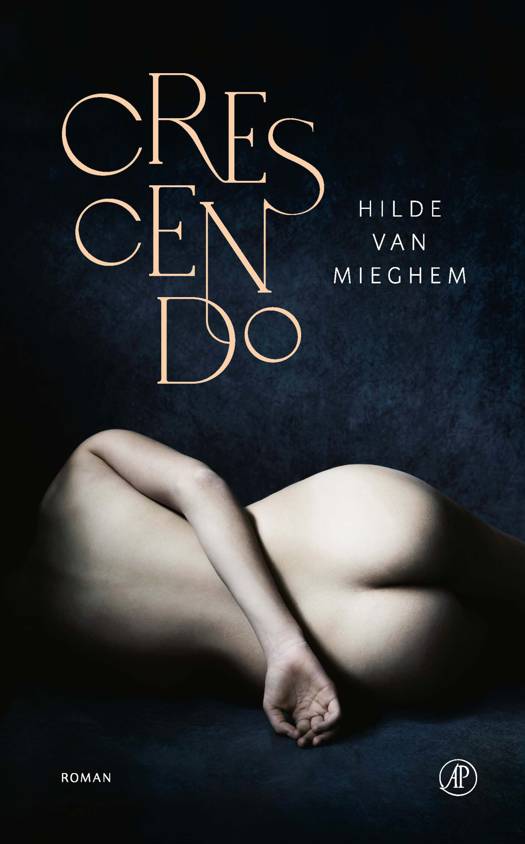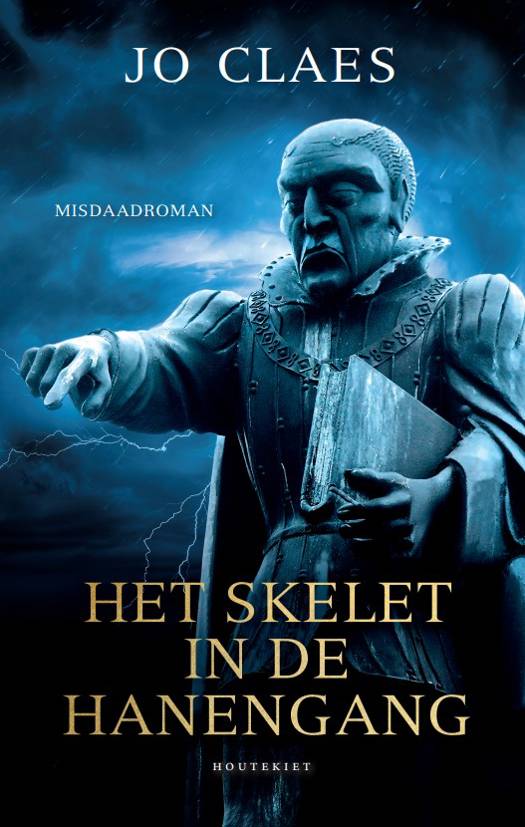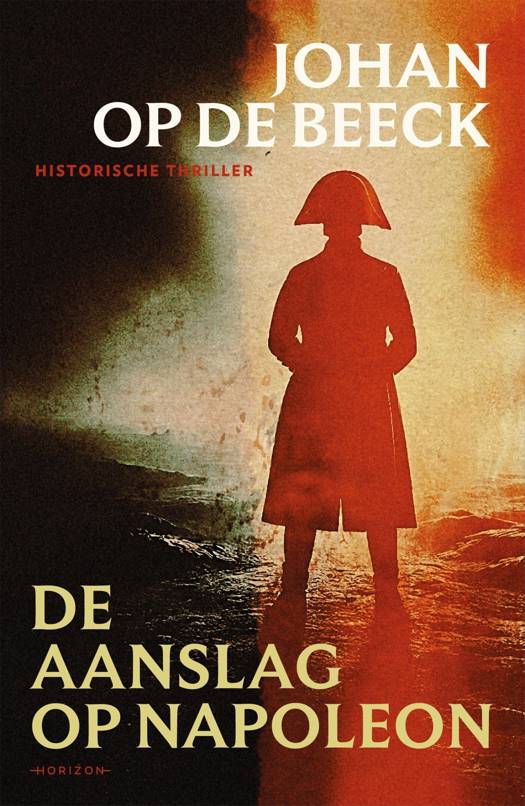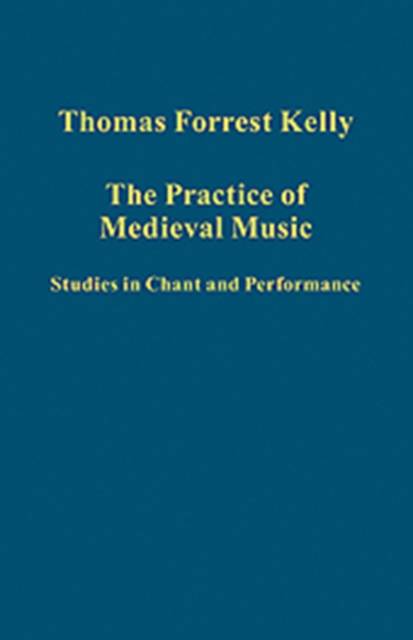
- Afhalen na 1 uur in een winkel met voorraad
- Gratis thuislevering in België vanaf € 30
- Ruim aanbod met 7 miljoen producten
- Afhalen na 1 uur in een winkel met voorraad
- Gratis thuislevering in België vanaf € 30
- Ruim aanbod met 7 miljoen producten
Zoeken
€ 221,95
+ 443 punten
Omschrijving
How music functioned in the middle ages, what it meant to its hearers, and how it was performed: these are the subjects of this fascinating volume. The studies collected here introduce the reader to the practical detail and complex intricacies of the performance of medieval music in the liturgy, bringing into clear focus a number of matters that were long obscure. (A second volume by Professor Kelly, The Sources of Beneventan Chant, Ashgate 2011, complements this volume). Two detailed studies of aspects of musical practices of the Eternal City bring new historical perspectives to the understanding of the growth of the Roman liturgy, while the second and third groups of articles bring the reader close to the actual sound of medieval musicians. Writings on the art of the prosula, a hitherto understudied musico-poetic phenomenon, give practical information about Gregorian chant that can be acquired in no other way. Likewise, the study of variants in the music of the Exultet for Holy Saturday provides a window onto a creative and improvisational practice that is often difficult to discern from surviving written sources. A final study, of the composers of chant in the middle ages, gives us a view of how musicians and others thought of themselves in a time that often valued anonymity.
Specificaties
Betrokkenen
- Auteur(s):
- Uitgeverij:
Inhoud
- Aantal bladzijden:
- 372
- Taal:
- Engels
- Reeks:
Eigenschappen
- Productcode (EAN):
- 9781409405276
- Verschijningsdatum:
- 28/07/2010
- Uitvoering:
- Hardcover
- Formaat:
- Genaaid
- Afmetingen:
- 149 mm x 224 mm
- Gewicht:
- 798 g
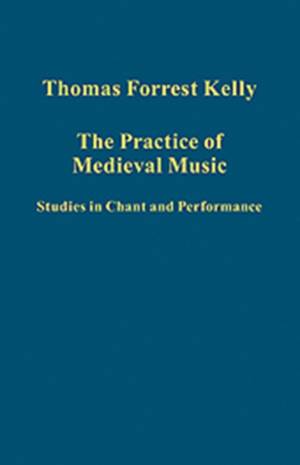
Alleen bij Standaard Boekhandel
+ 443 punten op je klantenkaart van Standaard Boekhandel
Beoordelingen
We publiceren alleen reviews die voldoen aan de voorwaarden voor reviews. Bekijk onze voorwaarden voor reviews.


